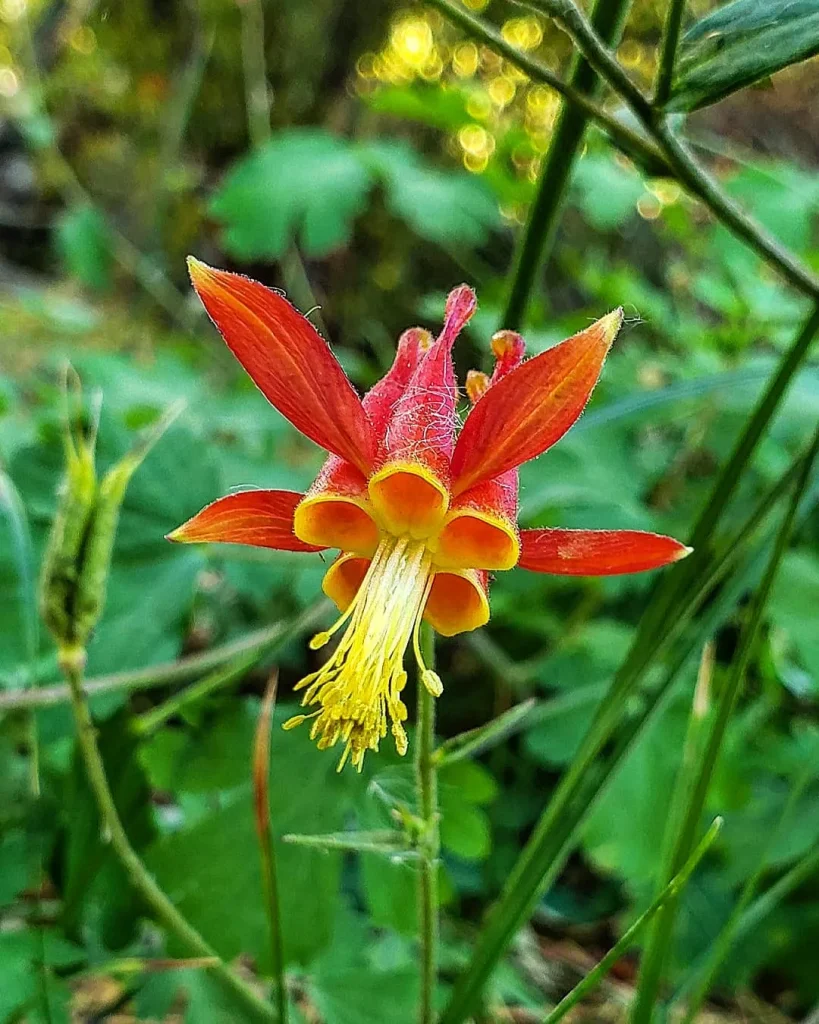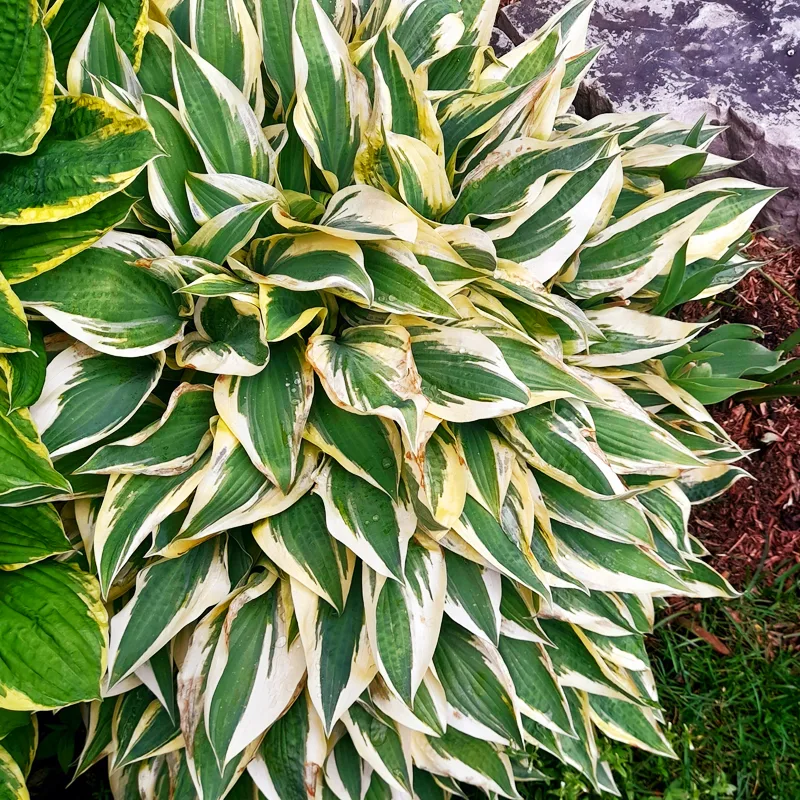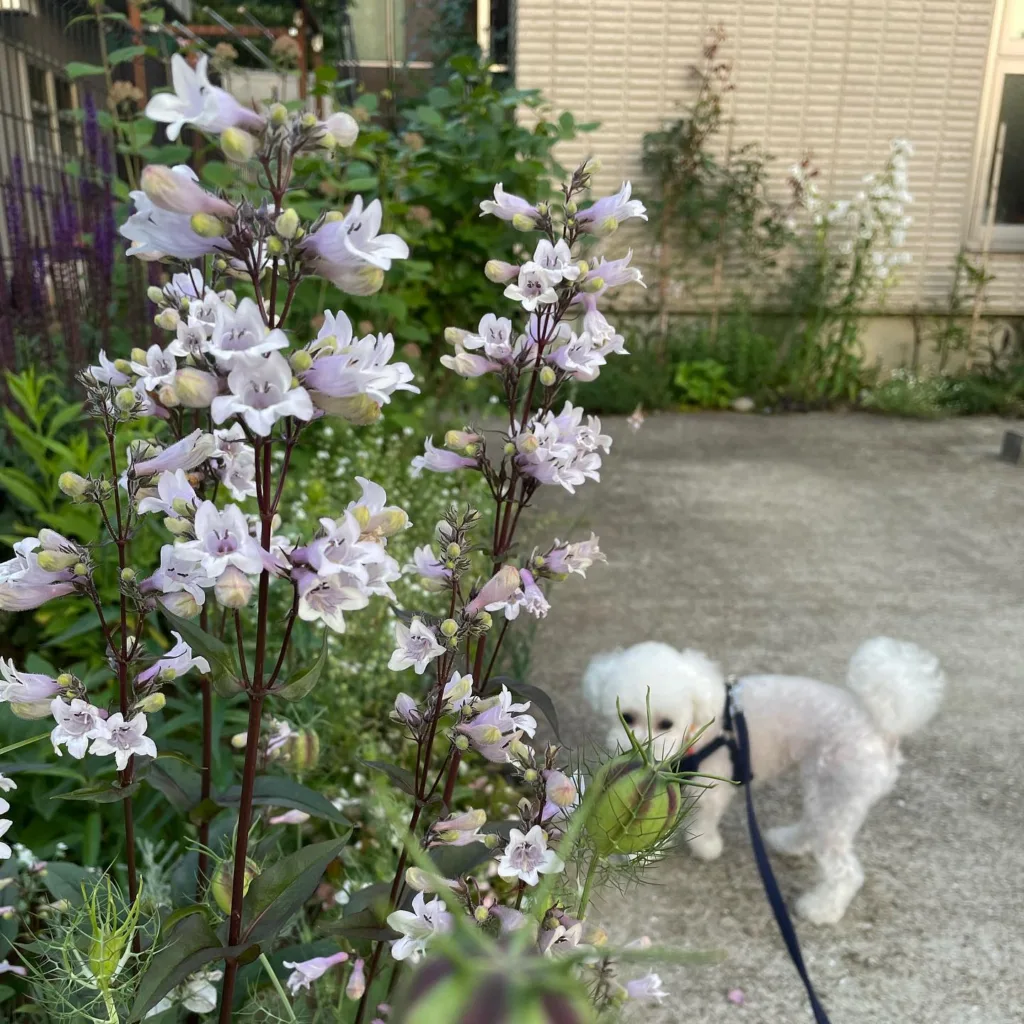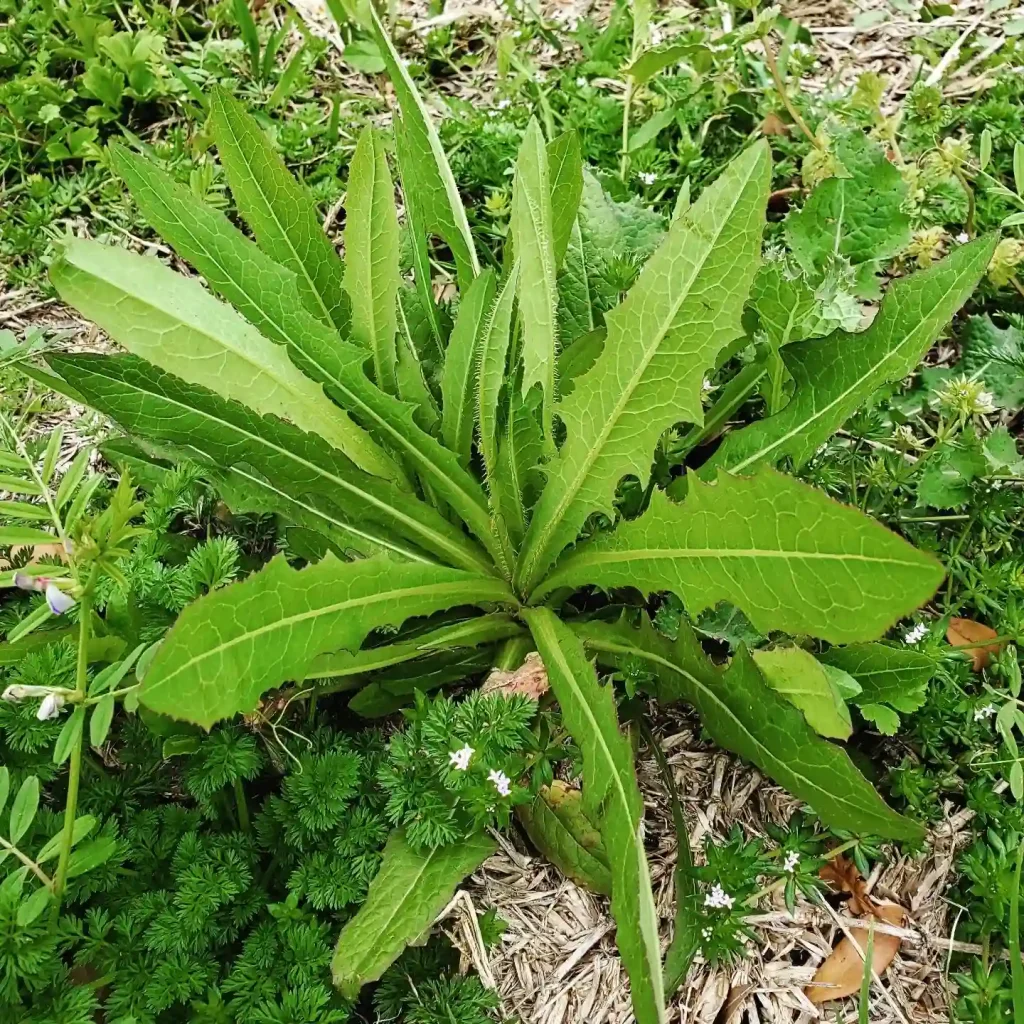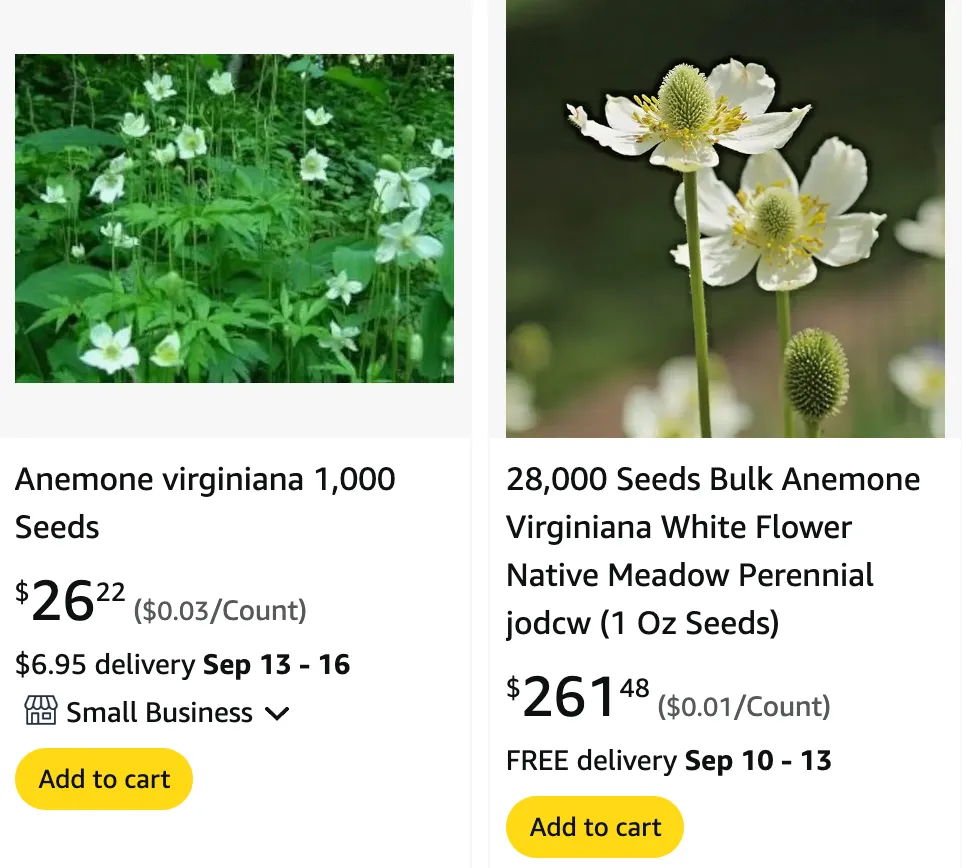
What is Anemone Virginiana?
Anemone Virginiana, also known as tall thimbleweed, is a perennial wildflower native to North America. It’s known for its tall, slender stems topped with small, white flowers that bloom in late spring to early summer. These flowers turn into unique thimble-shaped seed heads, giving the plant its common name. Anemone Virginiana thrives in woodland settings, making it a great choice for naturalistic gardens or shaded areas.
115 Species in Genus Anemone
How to Care for Anemone Virginiana?
Caring for Anemone Virginiana is relatively easy, which is one of the reasons I love it. This plant prefers partial to full shade and thrives in well-drained, loamy soil. While it can tolerate a variety of soil types, it does best in moderately fertile soil with good organic matter. Watering should be regular but not excessive; overwatering can lead to root rot. Once established, Anemone Virginiana is quite drought-tolerant, making it a low-maintenance addition to the garden.
How to Propagate Anemone Virginiana?
Propagating Anemone Virginiana can be done through seed or by division. If you opt for seeds, sow them in late fall, allowing them to stratify naturally over the winter. This process helps break the seed dormancy and promotes germination. For division, wait until early spring or late fall when the plant is dormant. Gently dig up the plant, divide the root clumps, and replant them in the desired location. Ensure each division has a healthy root system for the best chance of success.
What to Plant with Anemone Virginiana?
Anemone Virginiana pairs well with other shade-loving perennials and woodland plants. Consider planting it alongside ferns, hostas, and woodland phlox to create a lush, textured garden bed. Its delicate white flowers provide a lovely contrast against the green foliage of these companion plants. Additionally, it looks beautiful when planted with other native wildflowers like Solomon’s seal or Jack-in-the-pulpit, which share similar growing conditions.
Is Anemone Virginiana Toxic?
One common question about Anemone Virginiana is whether it’s toxic. While not highly toxic, all parts of the plant contain protoanemonin, a substance that can cause skin irritation or gastrointestinal discomfort if ingested. It’s best to handle the plant with care, wearing gloves when necessary, and keep it out of reach of pets and children to avoid any potential issues.
What Are the Benefits of Anemone Virginiana?
Anemone Virginiana offers several benefits, both ecological and aesthetic. Ecologically, it’s a valuable plant for native gardens, attracting pollinators such as bees and butterflies. The seed heads are also a food source for some bird species. Aesthetically, its airy flowers and distinctive seed heads add visual interest throughout the growing season. The plant’s ability to thrive in shady areas makes it an excellent choice for underplanting trees or filling in garden gaps.
What Are Common Problems with Anemone Virginiana?
Despite its hardy nature, Anemone Virginiana can encounter a few issues. Powdery mildew is a common fungal disease that affects the foliage, causing a white, powdery coating. This usually occurs in humid conditions or areas with poor air circulation. To prevent this, ensure the plant has adequate spacing and airflow. Slugs and snails may also pose a problem, as they enjoy feeding on the tender leaves. Regular garden cleanup and using natural deterrents can help keep these pests at bay.
How Does Anemone Virginiana Compare to Other Anemones?
Anemone Virginiana is often confused with other anemones due to its similar appearance. Compared to Anemone Canadensis, another North American native, Anemone Virginiana is taller and has a more distinct thimble-shaped seed head. Anemone Canadensis, on the other hand, has a more spreading habit and larger, flatter flowers. Anemone Nemorosa, a European relative, has a more compact growth habit and prefers cooler, moist environments. Knowing these differences helps in selecting the right anemone for your garden.
How to Incorporate Anemone Virginiana in Garden Design?
Anemone Virginiana’s tall, airy form makes it perfect for adding height and texture to shade gardens. I like to use it as a vertical accent in mixed perennial borders or naturalized woodland settings. Its understated elegance blends well with other native plants, creating a cohesive and harmonious look. Consider planting it in groups for a more striking visual impact or along pathways where its unique seed heads can be appreciated up close.
Conclusion
Anemone Virginiana is a versatile and charming perennial that brings both ecological and aesthetic value to the garden. Its ease of care, combined with its unique appearance, makes it a favorite among gardeners looking to add a touch of wild beauty to their outdoor spaces. Whether you’re an experienced gardener or just starting, Anemone Virginiana is a wonderful choice for enhancing the natural appeal of your garden.
If i die, water my plants!
